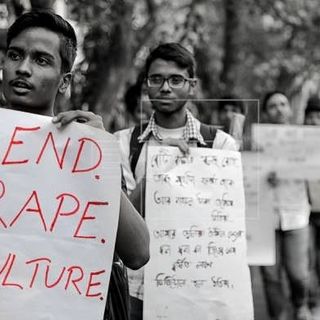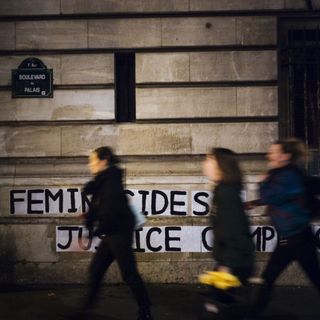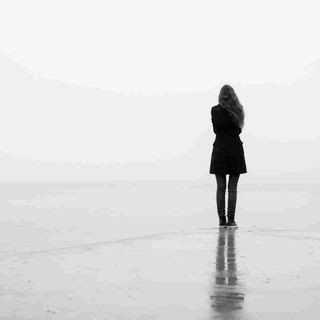Feeling financially disadvantaged can influence the way women dress, portray themselves, conclude researchers behind a global experiment looking into when and why women choose to wear more revealing clothes.
“Our results favor a view of women as strategic agents, using the tools available to them to climb the social hierarchy in specific socio-economic environments,” Khandis Blake, PhD, of the University of Melbourne, said in a press release. “When we see women in these outfits, pouting into their phone cameras or preening over their appearance, we might think it’s just narcissism. But things are more complex. It’s really about women responding to incentives in their environment, given the state of their economy.”
To reach this conclusion, Blake’s experiment involved 300 people in 38 countries. Every person was assigned to a fictional online society, each of which mirrored a real-life world economy. Participants were first asked how anxious they felt about their socio-economic status within their assigned economy, then asked to select from a range of outfits for a first night out in their new ‘homeland.’ Outfit options ran the gamut from very revealing to not revealing.
Women in the fictional universes with the highest income inequality selected the sexiest, most revealing clothing options, Blake found. They also reported high anxiety about their socio-economic status.
Related on The Swaddle:
A to Z: A Concise Dictionary of Unfeminist Fashion
Blake concludes the comparatively ‘sexy’ clothing preference was influenced by women’s feelings of economic disadvantage and attempting to maximize the limited resources available to them. “Although we might like to pretend in today’s environment that beauty doesn’t matter anymore, research and our day-to-day experiences say otherwise,” she said.
The finding, while not conclusive, does support Blake’s earlier research, which found women in locales of rising economic inequality were more likely to post ‘sexy’ selfies online.
The experiment, and Blake’s earlier work, also reflect a deeper, more ingrained social perception of women’s appearances: the Madonna-Whore complex. Women whom society deems most worthy of respect — the chaste, the professional, those displaying conservative femininity — typically come with a certain amount of socio-economic privilege; these are the Madonnas. Whereas less fortunate women society marginalizes — for their sexual agency and expression, for their race or class or caste, and/or for their unconventional gender roles — are the Whores. It’s impossible to say whether there is a socio-economic influence on how women dress that is behind the origin of this mythical and sexist binary, or whether the sexist binary influences women’s clothing decisions. One thing is clear: Women of all classes and financial independence deserve more options than Madonna or Whore and more resources to use for their advancement.




